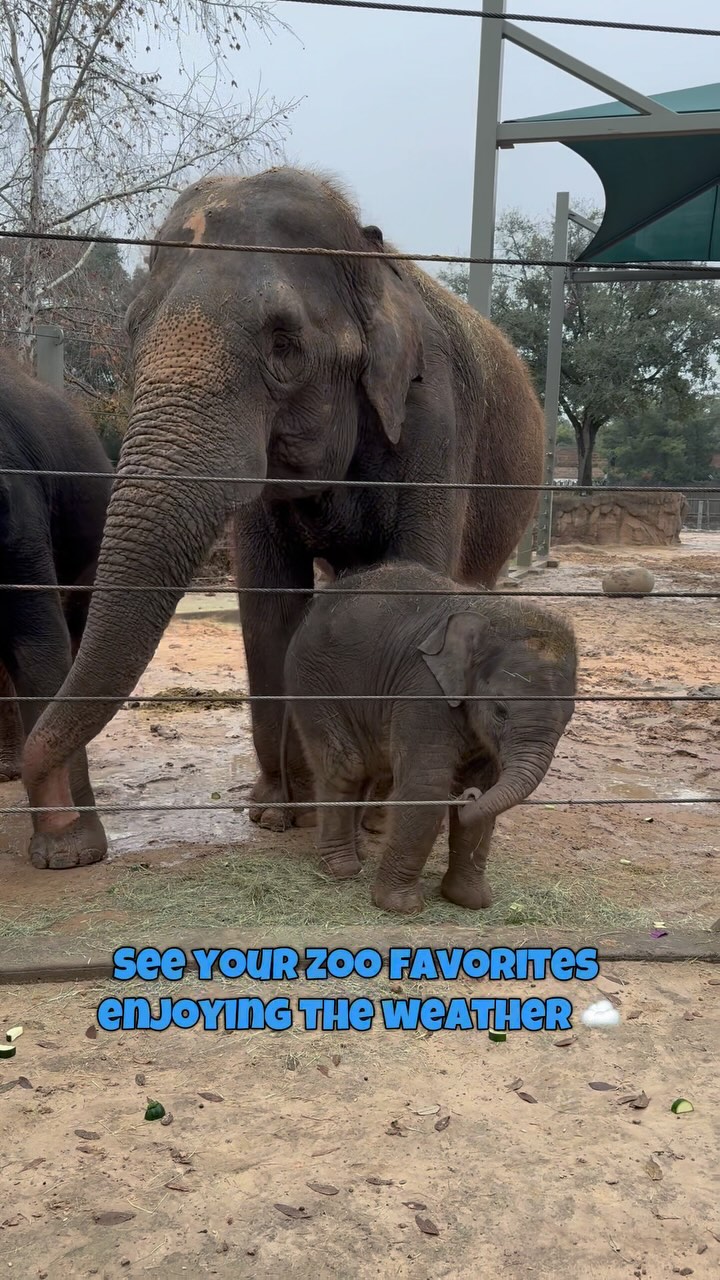- Rainy days provide a unique opportunity to observe animal behavior.
- Zoos are quieter during rainy weather, enhancing visitor experiences.
- Rain can positively affect animal health and well-being.
- Wildlife conservation efforts are highlighted on rainy days.
- Tips for planning your visit to the zoo during inclement weather.
Rainy days at the zoo offer a different yet enriching experience for visitors. While sunshine typically draws crowds, overcast skies can create an ideal environment for observing animal behavior. Many animals are more active in cooler, damp conditions, presenting a chance to witness interactions and behaviors that may be missed during warmer, busier days. Most visitors may not consider that certain species may thrive in the rain, as it can mimic their natural habitats in the wild.
For instance, many primates show increased activity in rain. They take advantage of the cool weather, foraging for food and engaging in playful behaviors. Rain can also lead to increased interactions among animals, as they seek shelter together, strengthening social bonds. Elephants, known for their playful nature, frequently enjoy splashing in mud during downpours, which can be both entertaining for visitors and beneficial for their skin health.
The reduced number of guests on rainy days can significantly enhance the overall experience for those who do decide to visit the zoo. With fewer people around, visitors can enjoy a more intimate view of the animals. This quieter atmosphere allows for better photography opportunities and a chance to absorb the surroundings without distraction. The sounds of nature, often amplified by rain, create a soothing backdrop. This setting encourages a deeper connection between visitors and the wildlife on display.
Animal health can also improve in wetter conditions. Many species benefit from increased humidity levels that accompany rain, which can be essential for animals like reptiles and amphibians. The additional moisture aids in hydration and keeps their skin conditions optimal. Furthermore, the increased opportunity for natural behaviors can lessen stress in animals. Zoos committed to animal welfare often prioritize these natural behaviors as part of their environmental enrichment protocols.
Zoos play a crucial role in wildlife conservation, showcasing a variety of species and their habitats. Rainy days can serve as a reminder of the importance of preserving these environments. Many zoos engage in conservation programs aimed at protecting endangered species and their habitats in the wild. Rainy days provide an excellent opportunity for educational programs and activities focused on these efforts. Visitors can learn about how climate variability affects wildlife and what steps conservationists are taking to mitigate these challenges.
By taking part in discussions or guided tours offered, attendees can gain valuable insights into the ways that weather impacts animal behavior. This knowledge is essential in fostering an understanding of broader environmental issues. Educating the public about the intricacies of wildlife conservation is fundamental for inspiring action and support for these initiatives.
Planning a visit to the zoo during rainy weather requires some foresight. While the potential for inclement conditions may seem daunting, preparation can turn a simple visit into an unforgettable experience. Dress appropriately for wet conditions; waterproof clothing and comfortable shoes are a must. Bringing umbrellas or ponchos can also enhance comfort during a downpour.
Having a flexible itinerary is beneficial. Certain exhibits may be more appealing in the rain, and some areas may temporarily close for safety. Being open to change can lead to discovering hidden talents of the animals. For instance, the rainforest exhibits inside the zoo can often mimic the humid conditions that some species thrive in, leading to engaging observations.
Moreover, check the zoo’s website or social media for updates on current weather-related protocols. Some zoos offer discounts on rainy days, making it an excellent opportunity for budget-conscious families. These savings can allow for additional spending at gift shops or cafes that may also offer specialized menu items inspired by the weather.
Educational signage is typically available throughout the zoo, detailing the various species’ needs and behaviors. On rainy days, special activities or talks may be offered to engage visitors even further. These informative experiences can deepen understanding and appreciation for the animals and their ecosystems.
Rainy days at the zoo essentially provide dual benefits: a quieter, less crowded experience coupled with the opportunity for enhanced animal observation. The chance to see how different species respond to wet conditions can lead to a more profound understanding of animal lives. This aligns with the goals of modern zoos, which strive to promote conservation through education, research, and recreation.
The quieter atmosphere allows visitors to reflect on their experiences while still being entertained. Children and adults alike can engage with the educational displays and curated activities that often accompany a visit.
Conservationists have advocated for changes in perceptions about weather-related visits to zoos, emphasizing that both sunny and rainy days can yield unique experiences that contribute to wildlife education. While many think that sunshine is the optimal condition for a zoo experience, the truth is that rainy days allow for interaction and learning. Thus, making plans for a zoo visit during less-than-ideal weather can introduce people to the complexities of animal habits in a way that does not occur in more traditional settings.
In summary, taking a trip to the zoo on a rainy day offers not just an escape from the norm but fosters a deeper engagement with wildlife and conservation efforts. It showcases the benefits of observing animal behavior in a quieter environment while emphasizing the vital role of zoos in wildlife conservation.
For those interested in planning a visit, explore local zoos’ websites for details on their exhibits and any special events taking place while considering the weather. Engaging in this active form of learning can lead to an experience that resonates long after the visit concludes. The emphasis on animal well-being, educational outreach, and the importance of preserving natural habitats is enhanced when surrounded by the sounds of rain.
Visiting a zoo on a rainy day is not just a simple outing but a gateway to understanding and appreciating the wildlife that enriches our world. The unique insights gained on such days promote environmental advocacy and a sense of shared responsibility to protect our planet’s biodiversity.
*****
Source Description
Secret is out! Rainy days are the best Zoo days! Enjoy a quieter day while seeing our different animals having fun in the rain. Plan your visit via link in bio!


